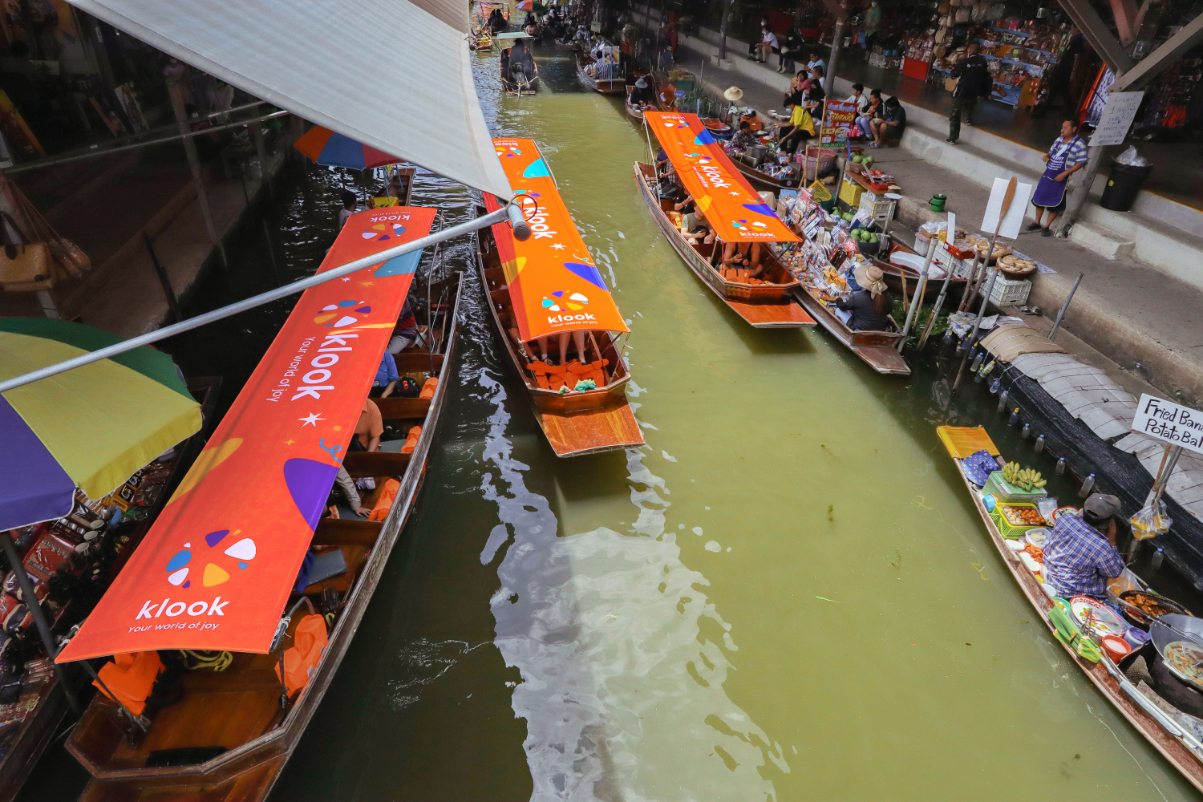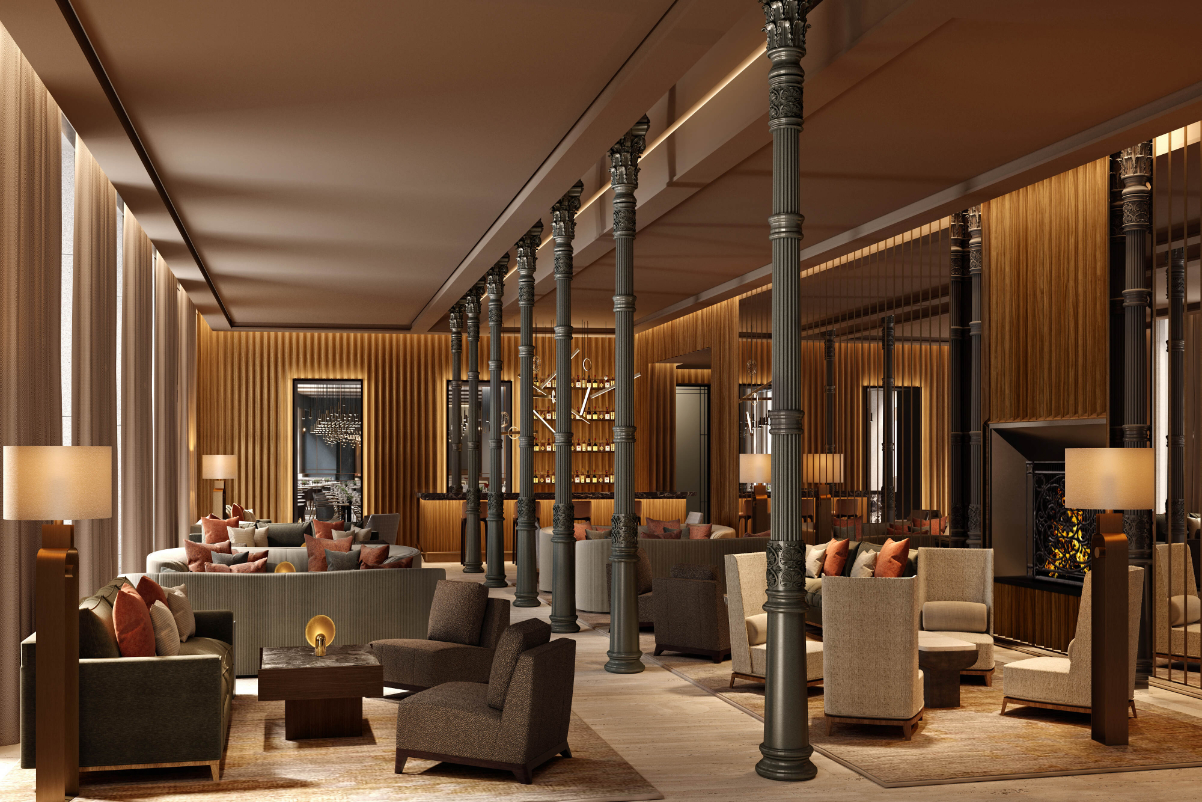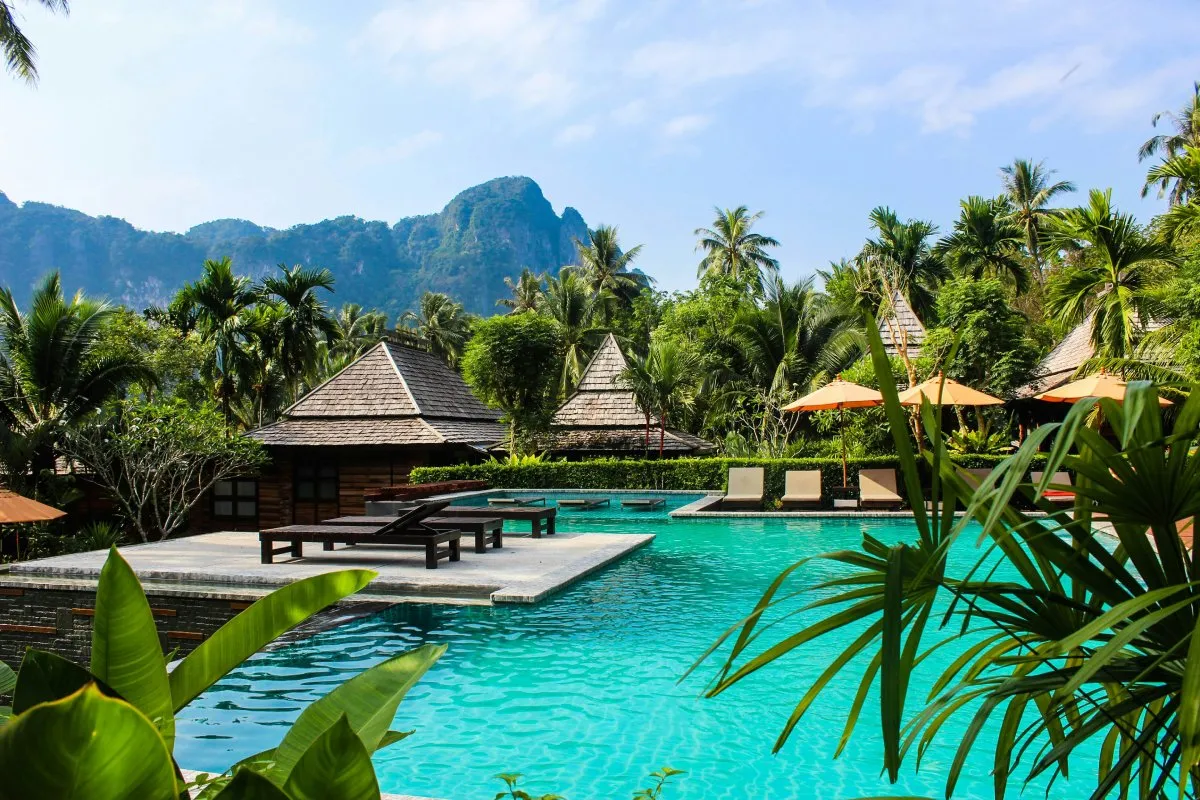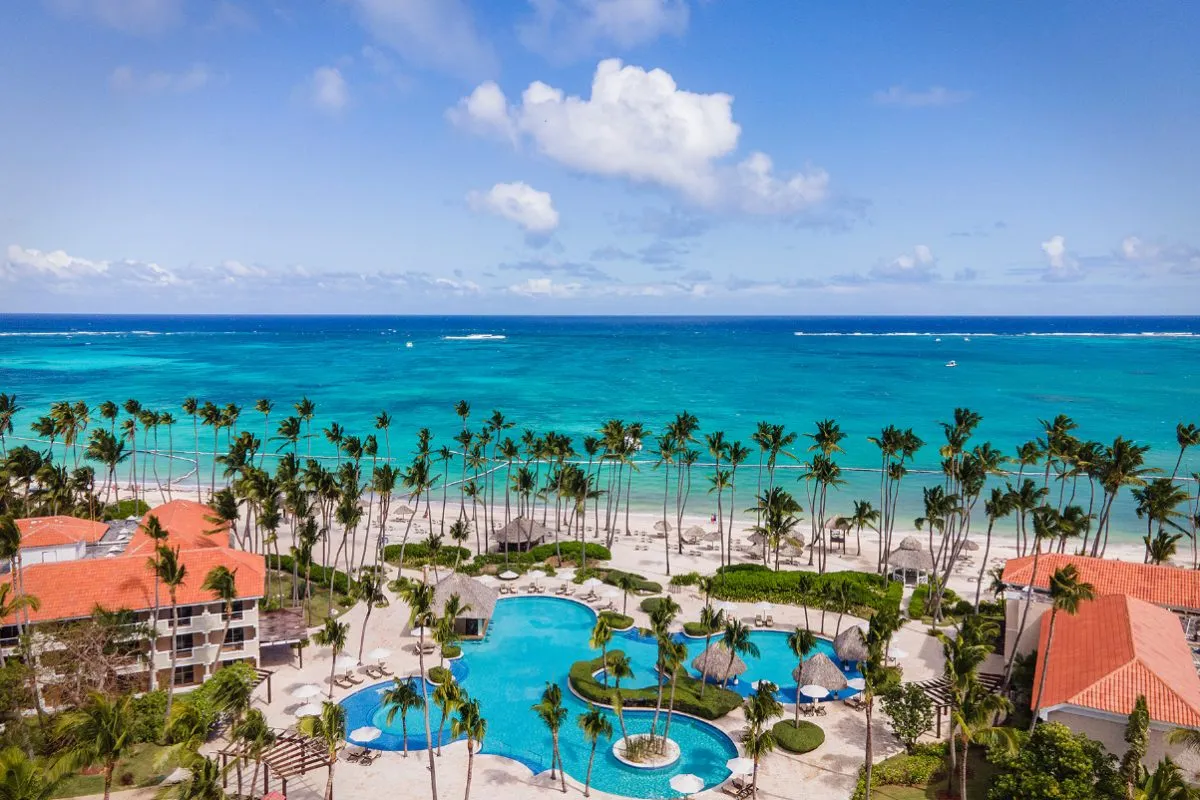Luxury Cruise Lines Add New Ports and Excursions, Not Ships
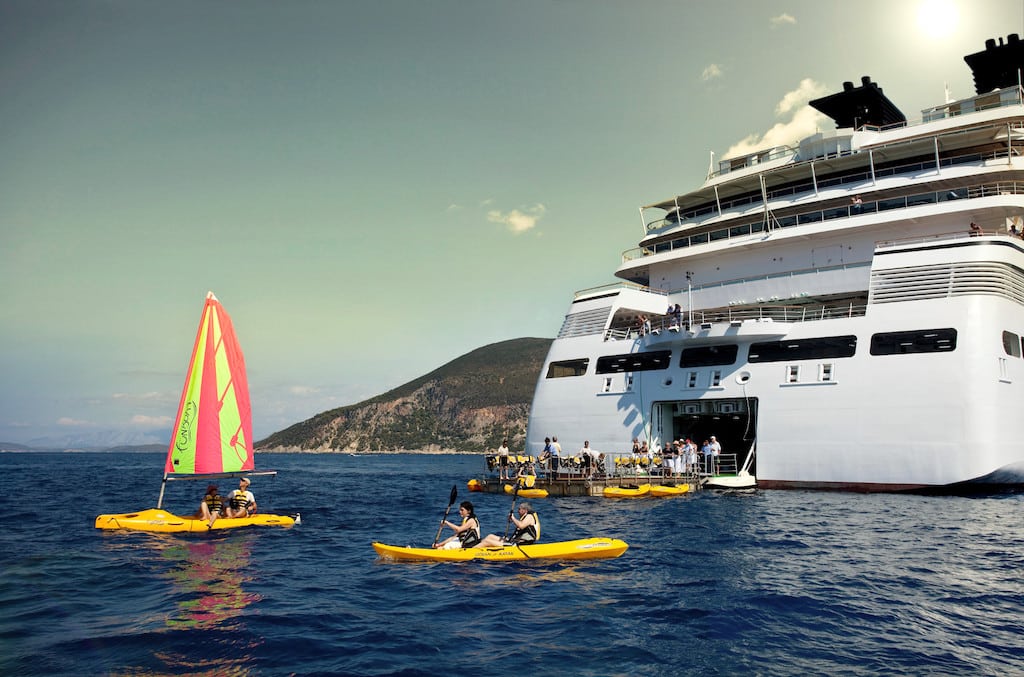
Skift Take
Mainstream cruise lines and river cruise lines are in the midst of a building boom. But luxury and small-ship luxury lines are focusing instead on incremental improvement to their ships and diversifying excursions available to guests in port.
As the quality of onboard cruise product improves across the board, luxury lines are positioning themselves based on experiences both on and off the ship.
"Old world luxury has an appeal to a smaller and smaller group of people," Larry Pimentel, CEO of Azamara Club Cruises, told Skift. "Not that it’s bad, but it’s different. It wasn’t as enriching and rich in values, what people look for in luxury travel is changing and changing radically."
The luxury cruise market continues to grow globally, along with cruising overall. Cruise Lines International Association reported a 21 percent compound annual growth rate from 2009 to 2014 for North American specialty (luxury and expedition) brands, compared to seven percent for all North American cruise brands.
Lines like Royal Caribbean Cruises' Azamara Club Cruises and Carnival Corp.'s Seabourn now tout custom designed excursions for guests and enrichment events both onboard and in local communities around the world, instead of inclusive butler service or suite accommodations, as top selling points.
"We could have the best onboard product in the world, but helping people see the world in a culturally authentic way has grown in importance in recent years, especially as they're trying to check off their bucket list items," said John Delaney, senior vice president of global sales and marketing for Seabourn. "If we don’t have authentic experiences it's not going to matter, because we’re not going to give people what they want."
Seabourn has a partnership with UNESCO to bring its guests to 170 UNESCO World Heritage Sites on its fleet of four ships. Part of the challenge for these luxury lines is simply getting luxury travelers to consider a vacation at sea.
"We're trying to talk to folks and find what their lifestyles are, and we help them understand you can have a true six-star luxury experience on a ship without the hassle of flying," said Delaney.
Small ship size, usually ranging from 60 to 600 guests, makes it easier for luxury ocean cruise lines to visit diverse locations in Asia, South America and the Middle East. They can also sail year round, unlike luxury river cruise lines.
Smaller ships help ensure that all passengers onboard get a similar luxury experience.
"We’re looking to build ships that would be able to insure all passengers have landings in all places, since some ships can’t land all their people at the same time," said Angela Composto, vice president of marketing for Silversea. "In the Galapagos, we only take 100 people, but all 100 will be down on land at the same time."
Silversea will add to its fleet of eight ships with the Silver Muse in 2017, but has focused on expanding its destination offerings to more than 800 locations.
"It's no longer about spending the most money on something for luxury travelers, its about getting the most travel value," said Composto. "Guests want onboard enrichment and to expand their minds."

